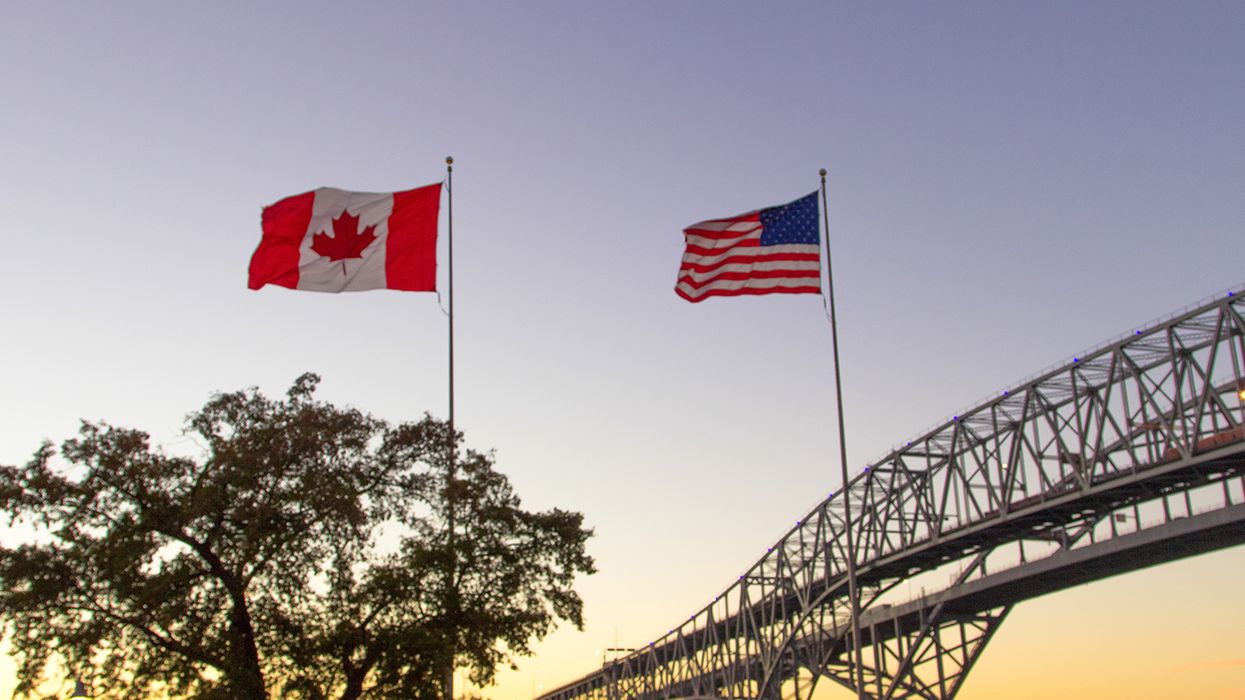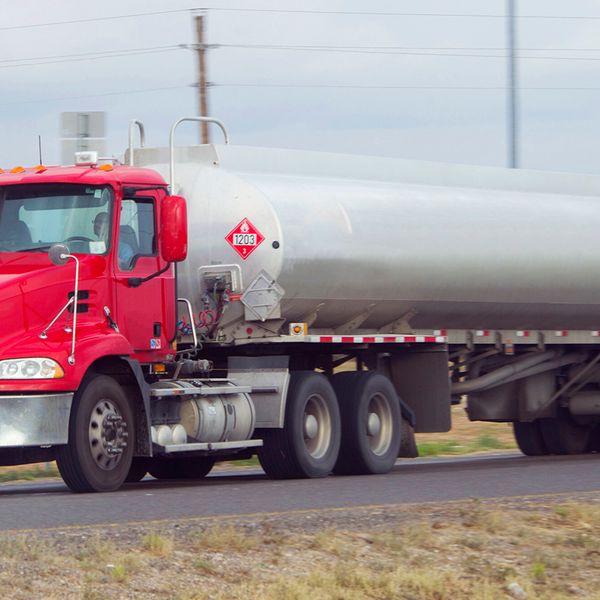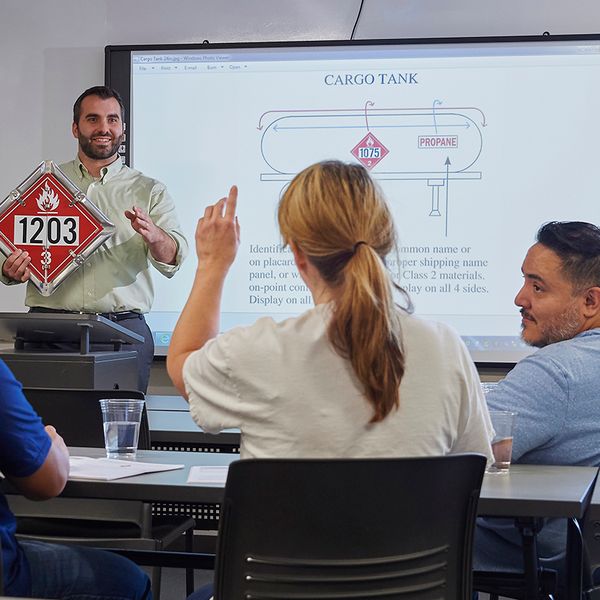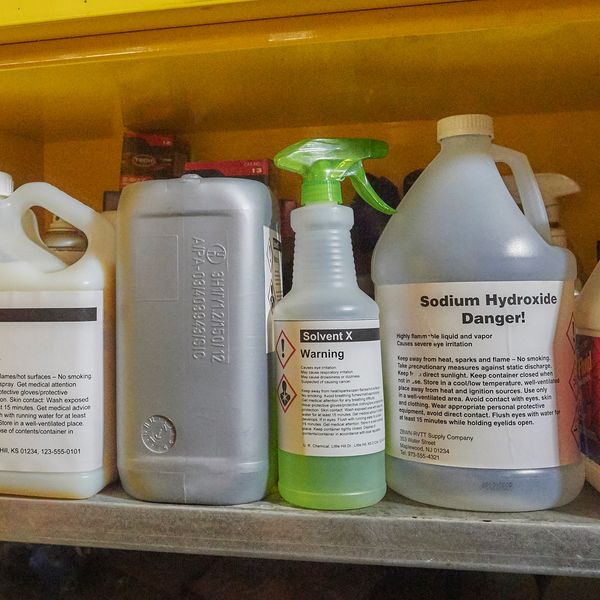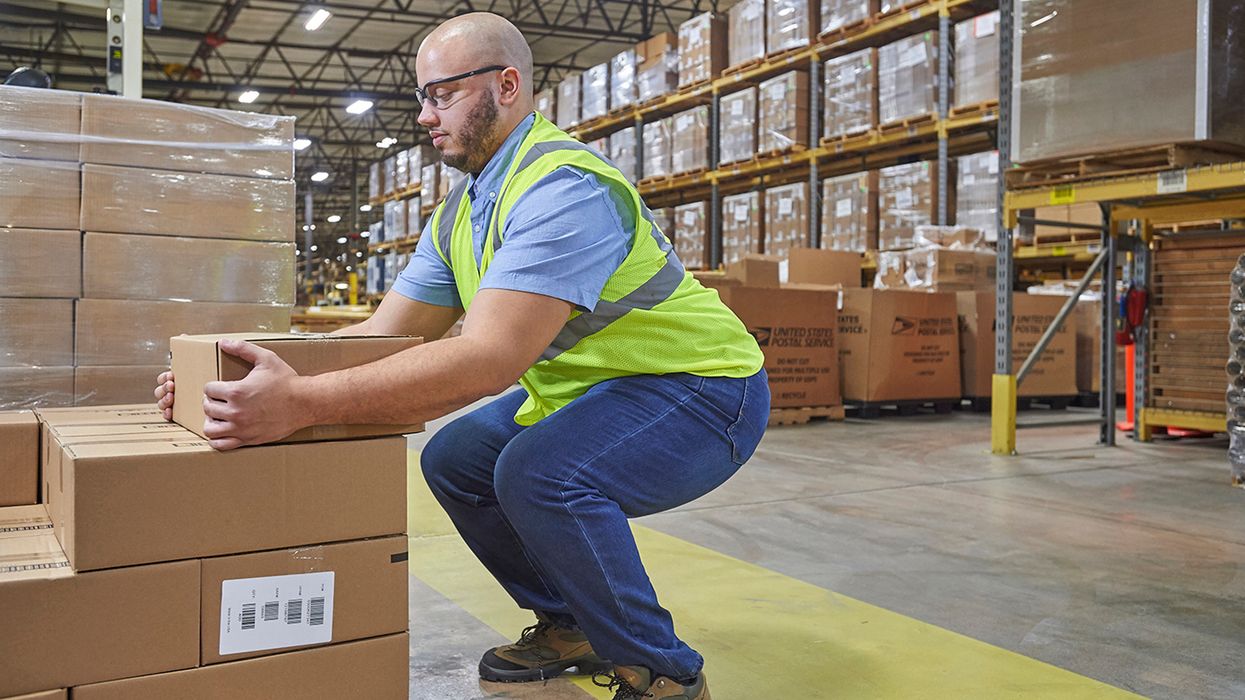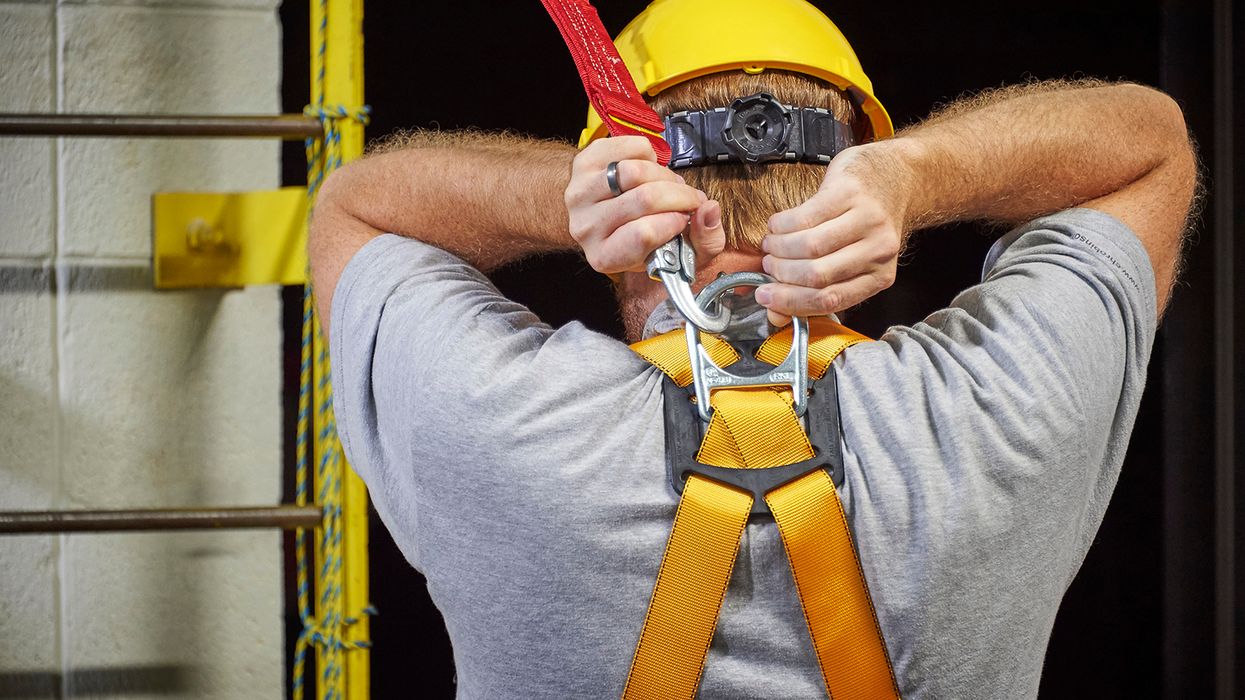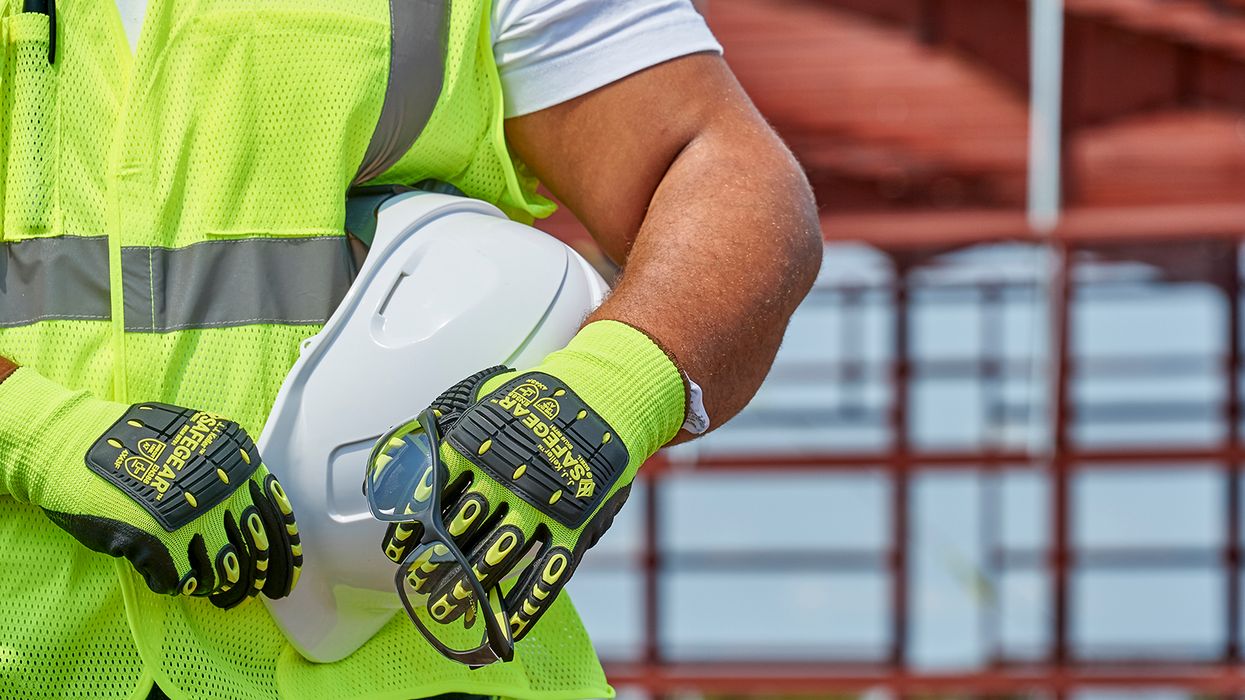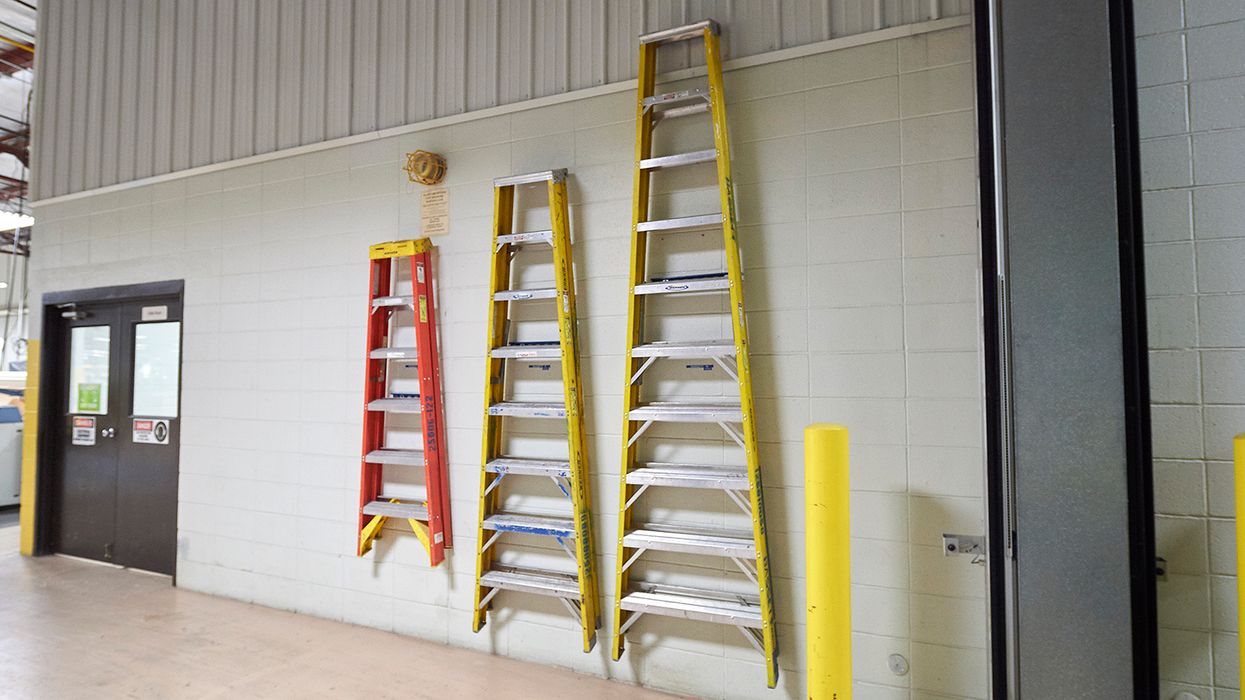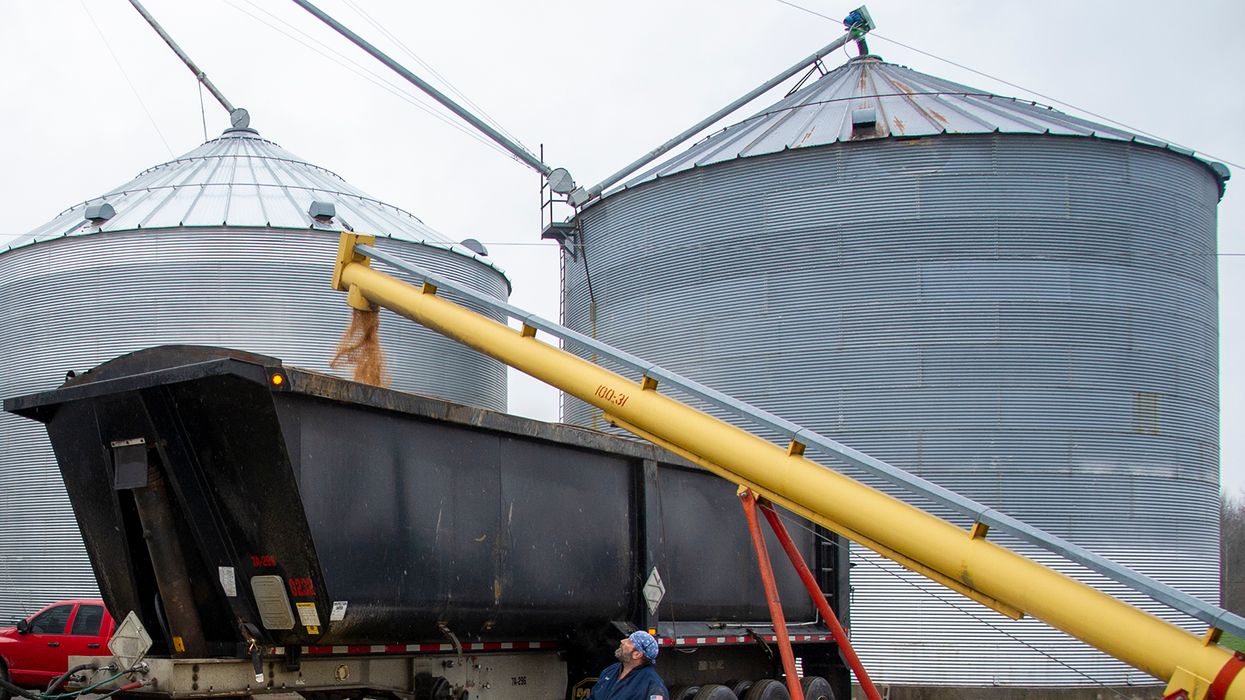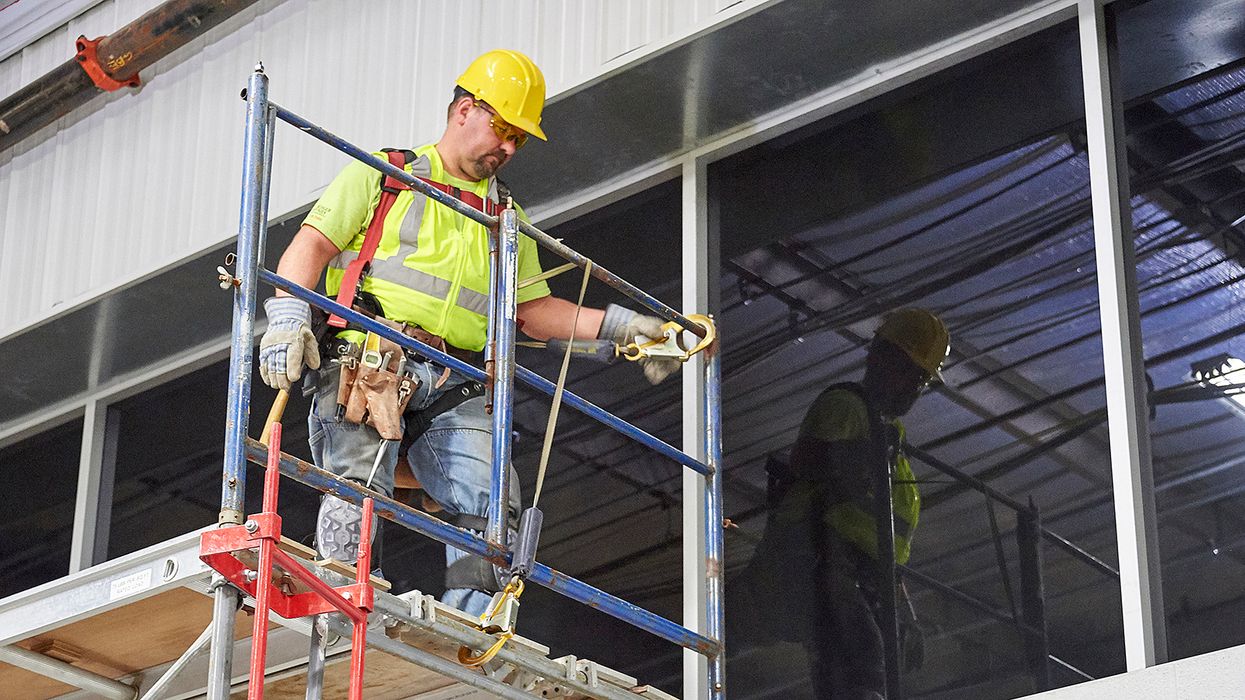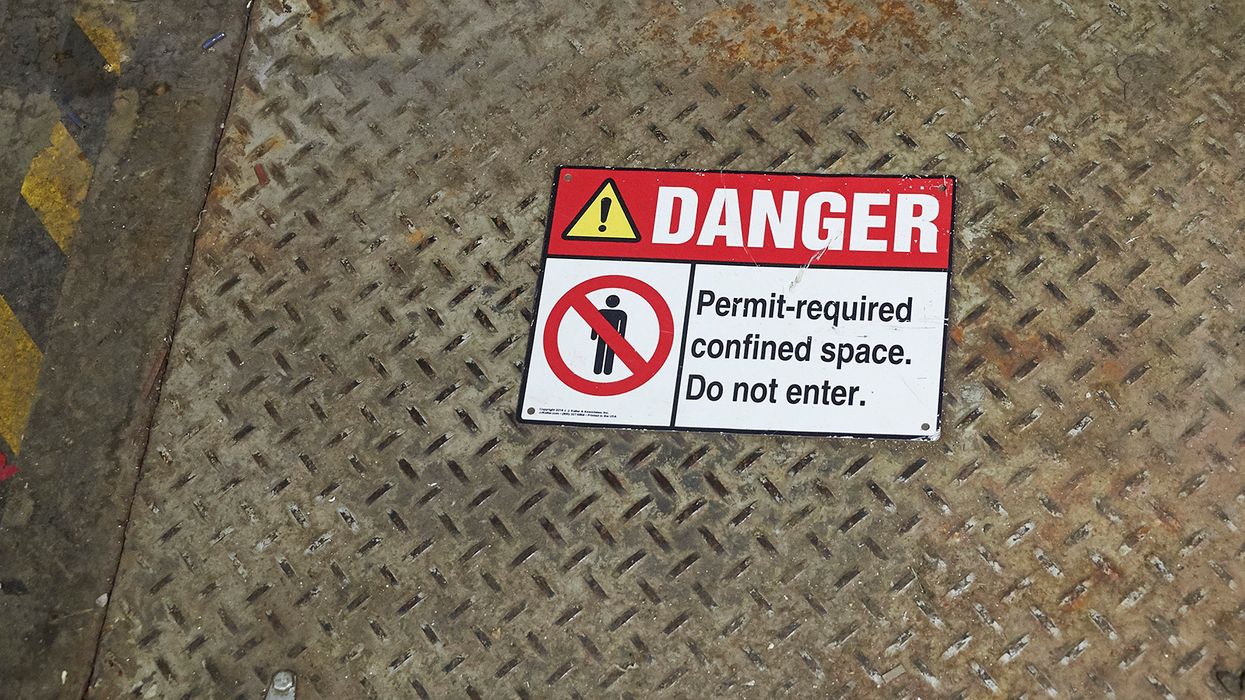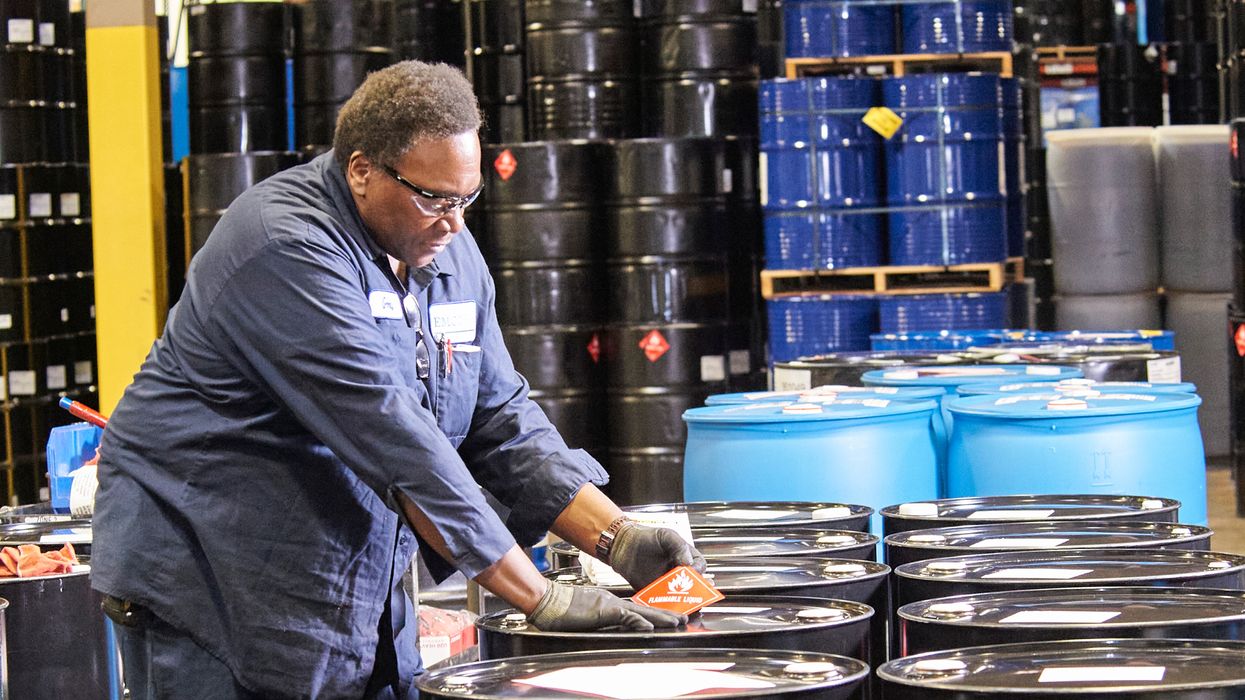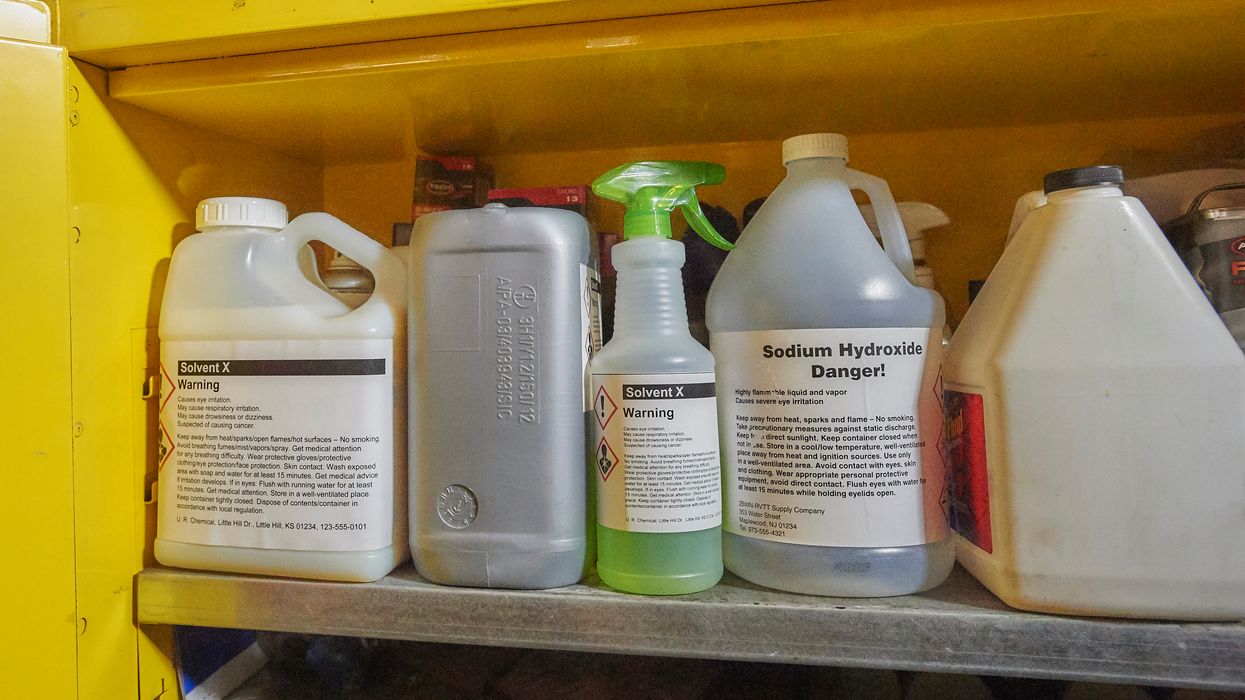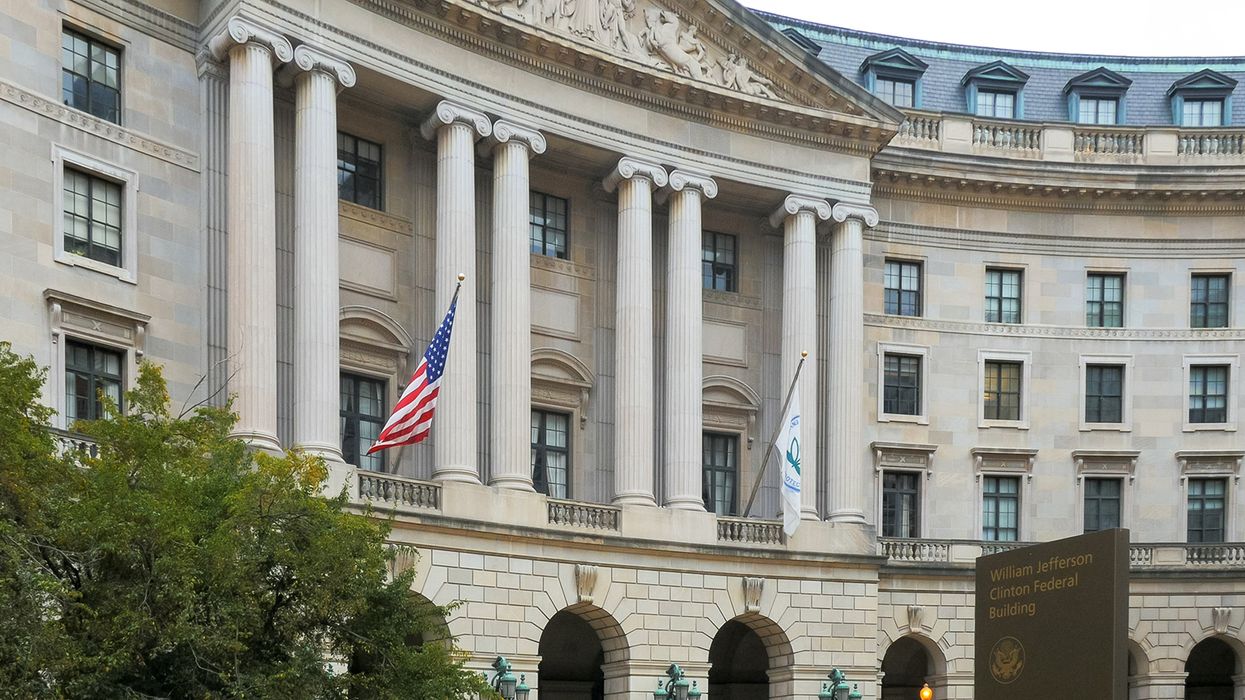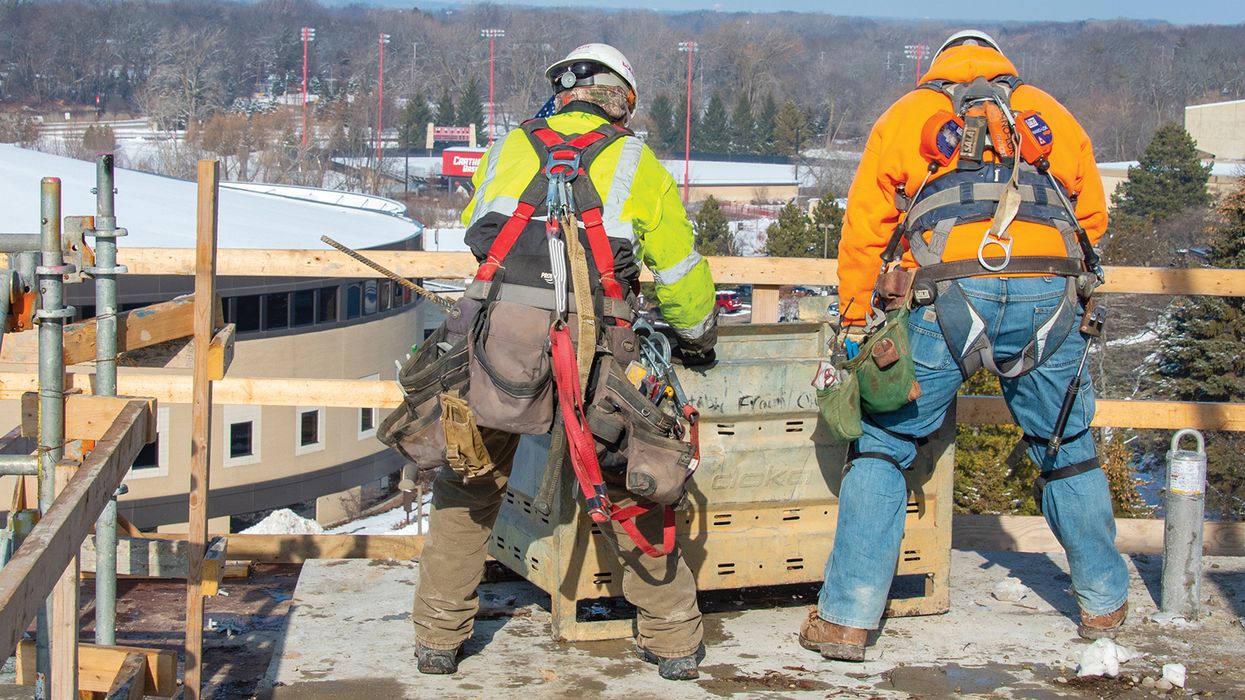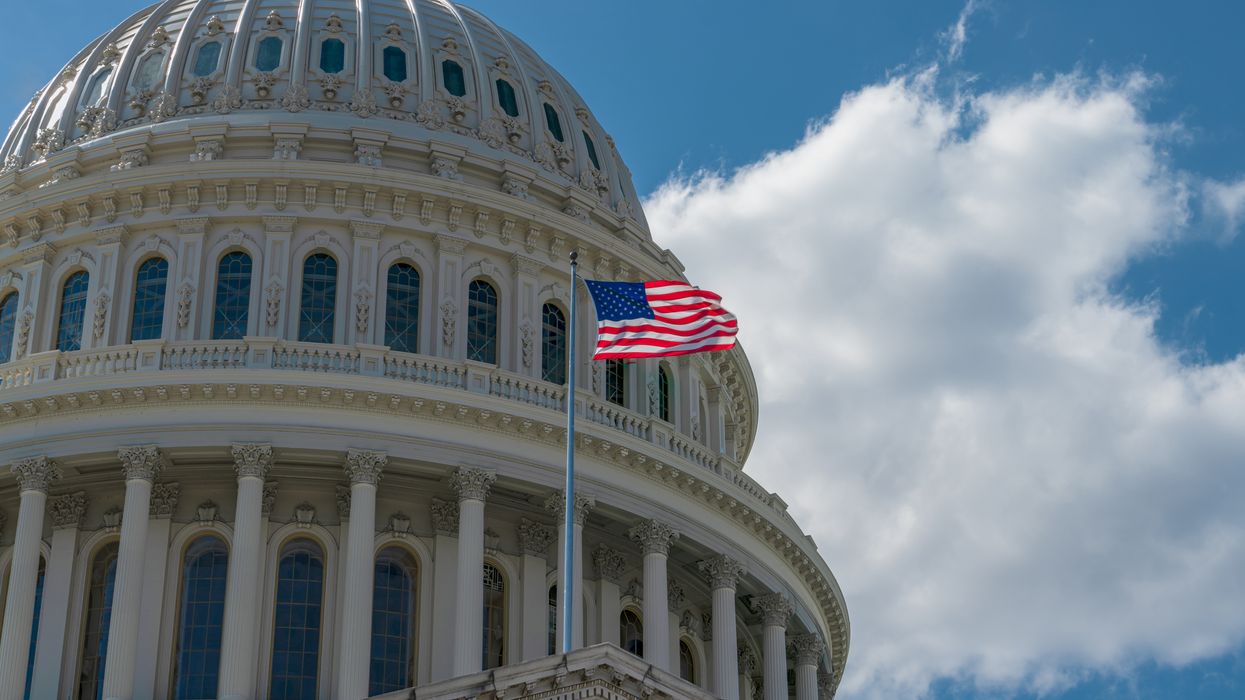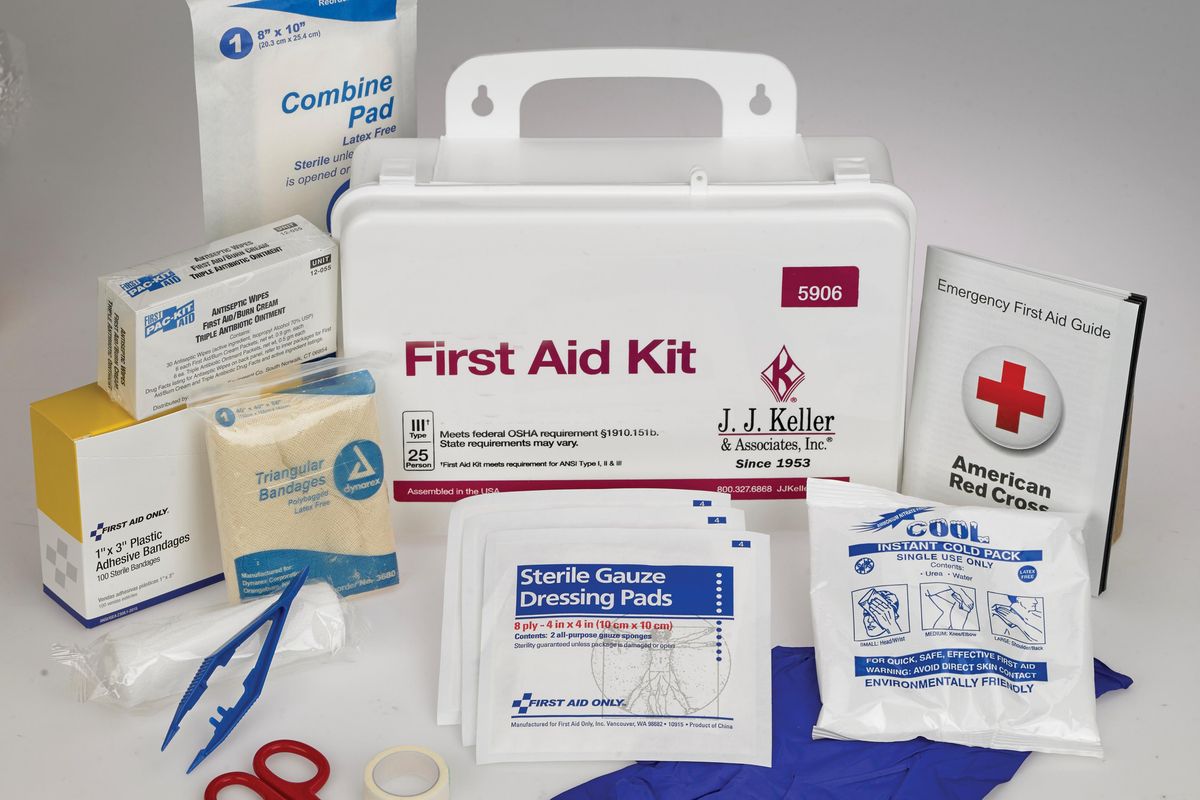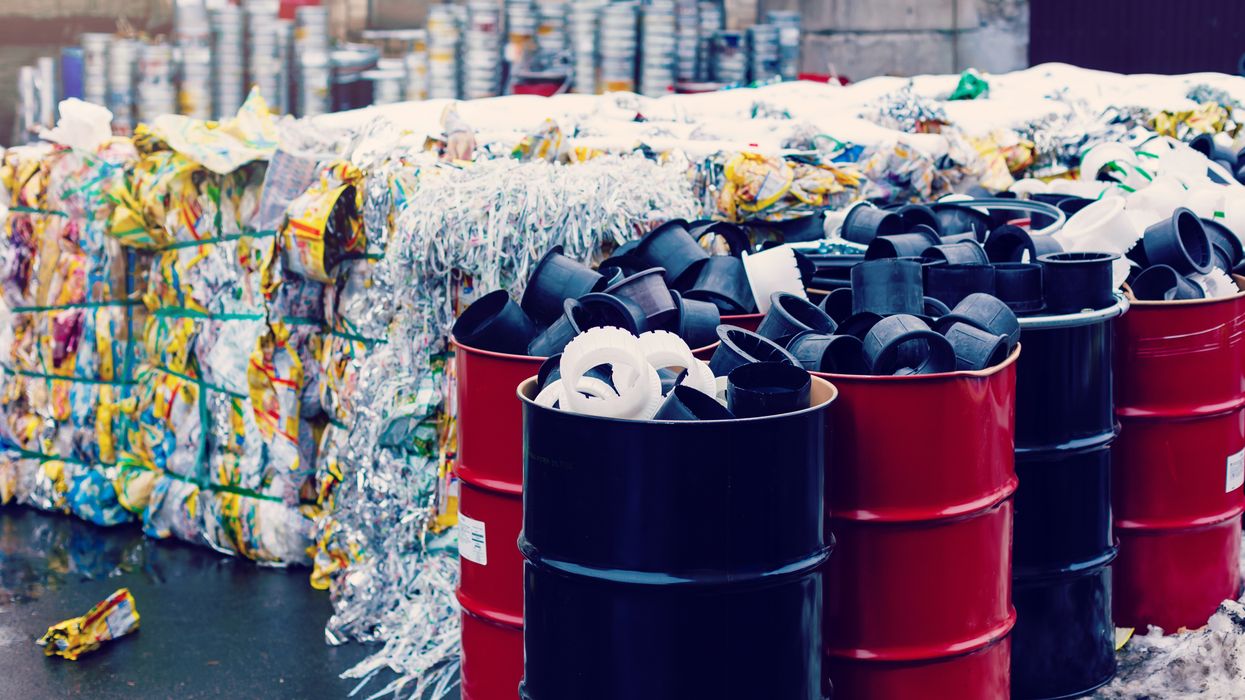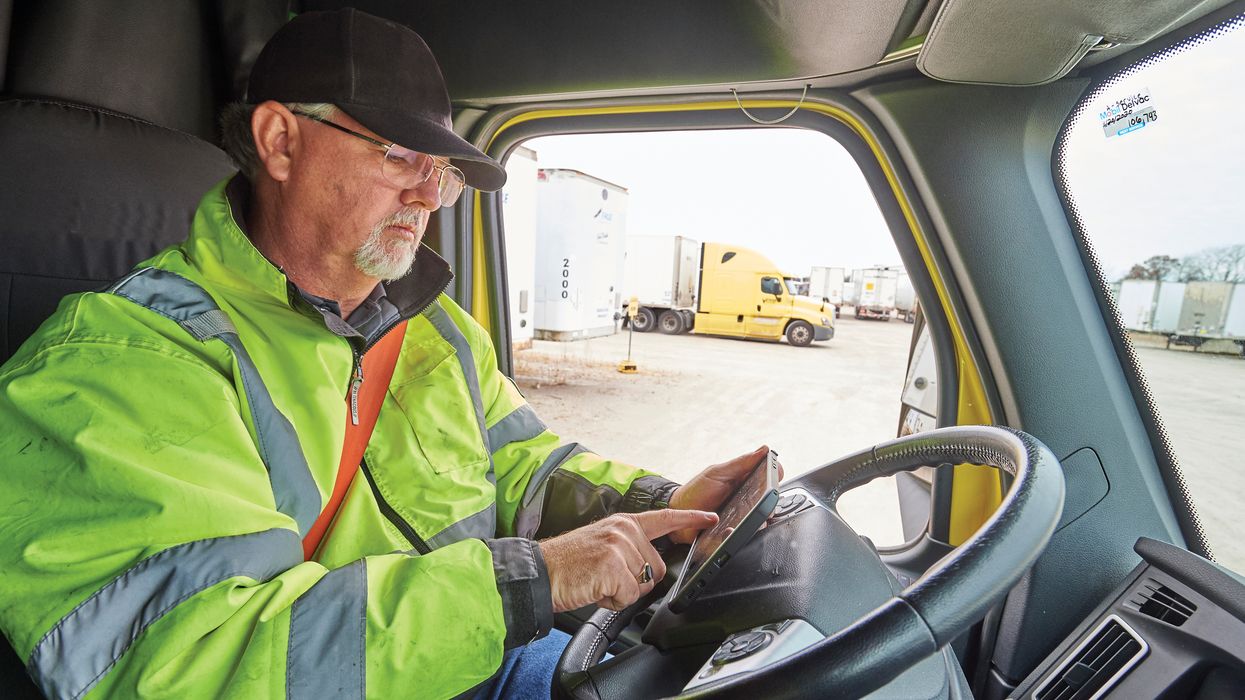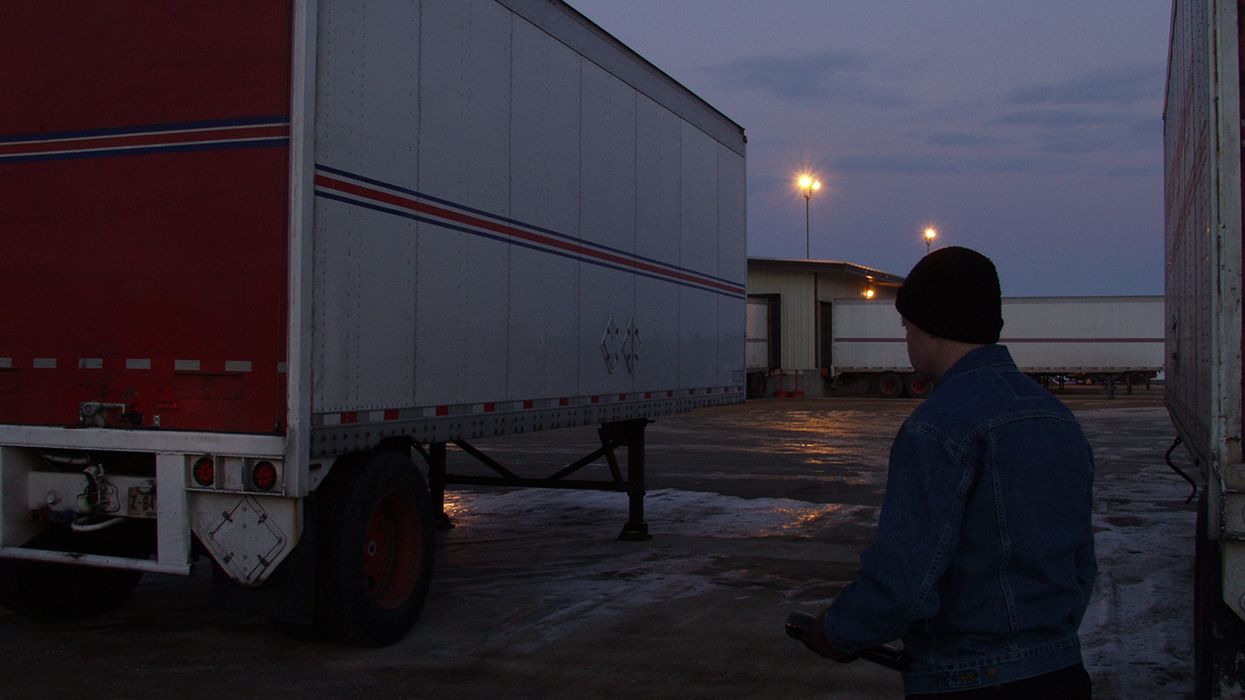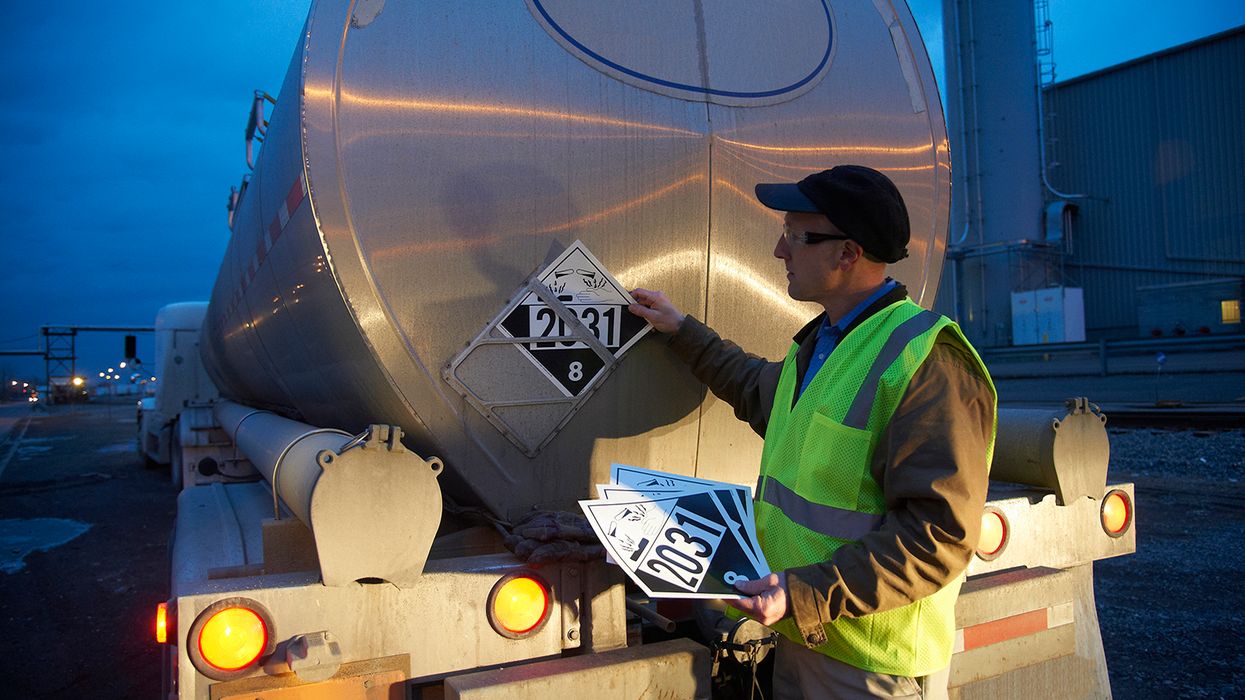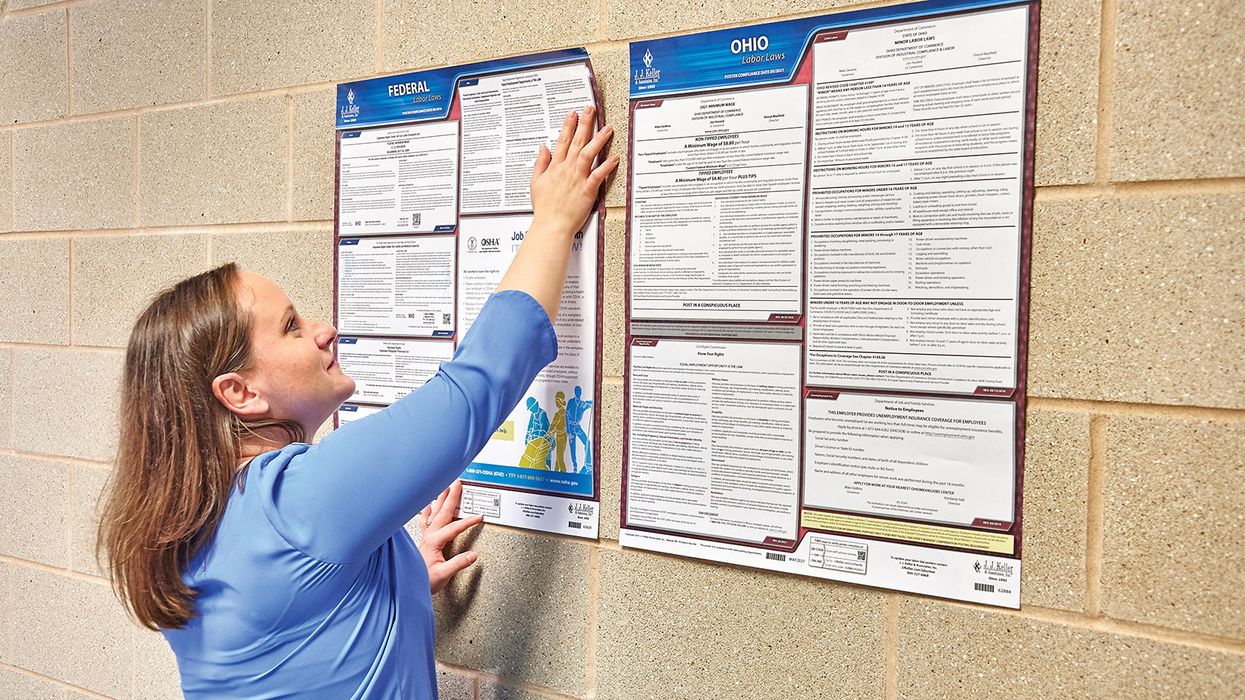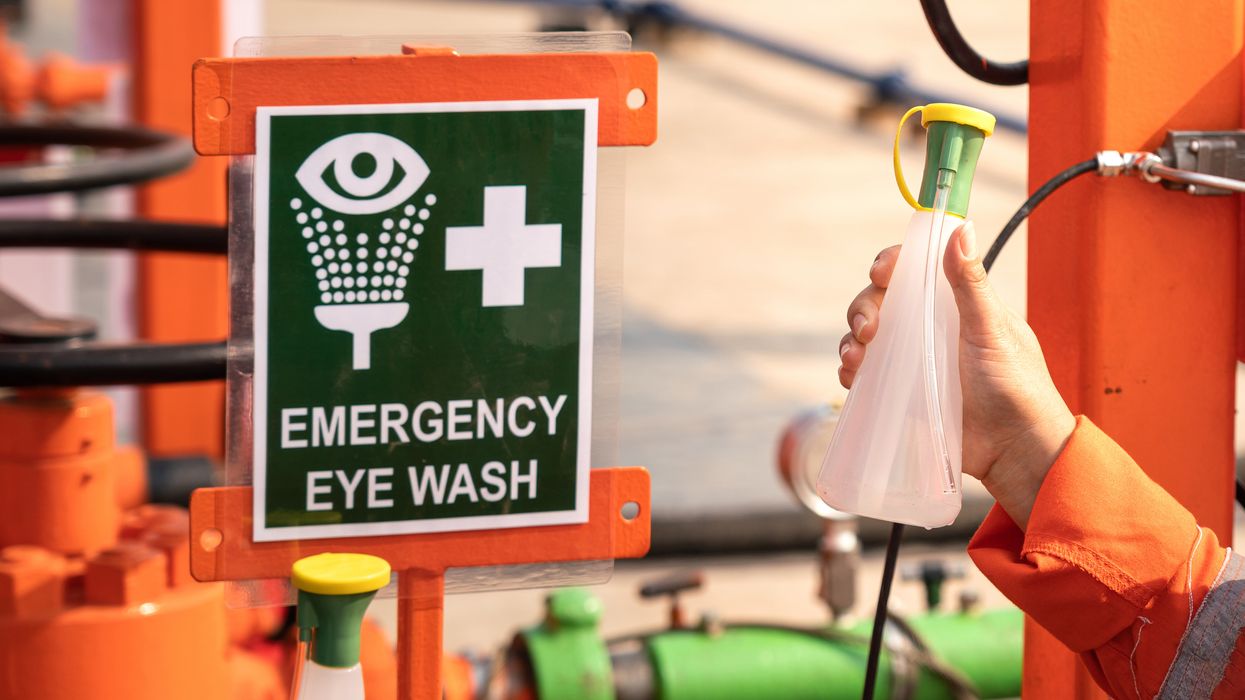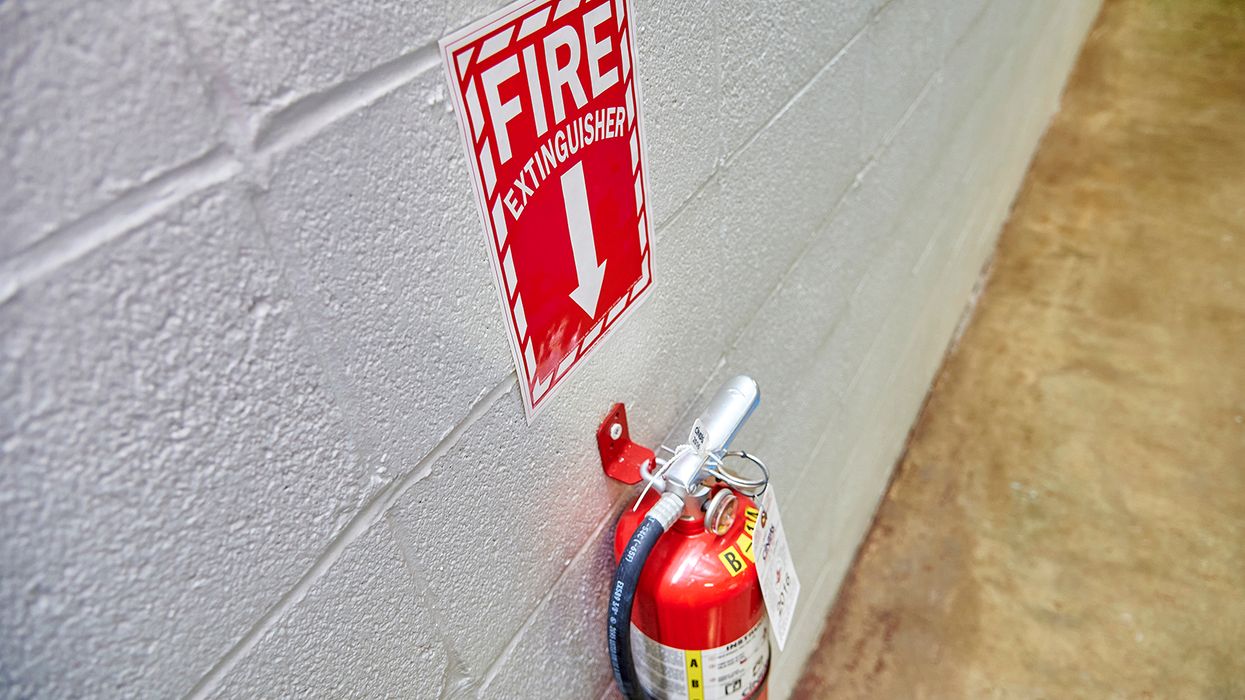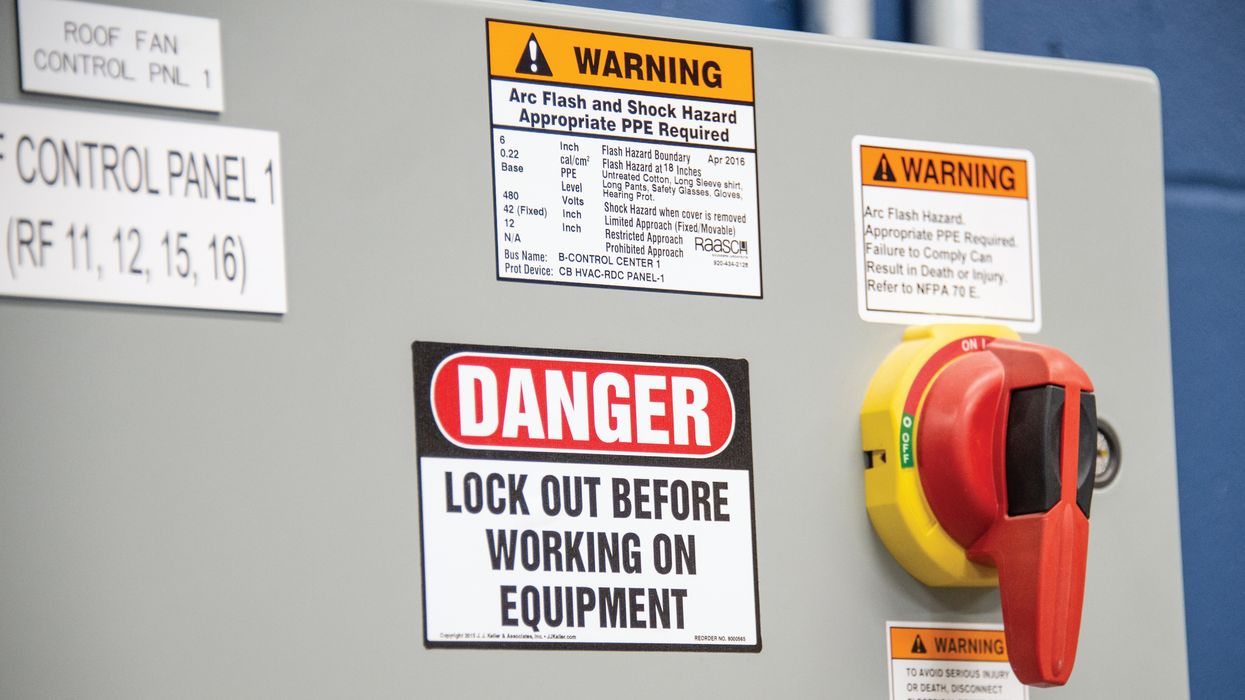Hazmat transportation: Understanding Canada’s TDG reciprocity
If you’re a cross-border carrier between the United States and Canada, you know that the general rule is you must comply with the regulations of the country in which you’re operating. There aren’t any widespread or overarching allowances when it comes to safety compliance — carriers operating between the two countries need to be aware of any differences in the transportation safety rules and be sure to account for those differences.
However, in some areas of the regulations, there is reciprocity. This is true with the U.S. hazardous materials regulations (HMR) and Canada’s Transportation of Dangerous Goods (TDG) Regulations. In fact, there’s reciprocity for most areas of the regulations: classification of the material/good, markings and labels, shipping papers/manifest, packaging, and training. However, not every area of the regulations is reciprocal. Understanding what’s allowed, and what’s not, when transporting hazmat into Canada can keep you out of trouble.
Canada’s side explained
There’s reciprocity in the regulations for shipments originating in the United States and destined for Canada and similar rules for shipments originating in Canada and destined for the United States. But again, not everything is covered by these agreements. When transporting hazmat/dangerous goods into Canada, you must take note of the following and comply with the TDG Regulations:
- When transporting dangerous goods that are forbidden for transport by the TDG Regulations but not by the HMR; or
- When transporting dangerous goods that are regulated by the TDG Regulations but not by the HMR.
Additionally, exceptions for safety marks or packagings that are allowed by the HMR, but that are not allowed in the TDG Regulations, would still require compliance with Canada’s TDG Regulations.
Hazmat transported under a special permit and originating in the United States and transiting through Canada to another place in the United States, or that are transported into Canada, are allowed provided the special permit number is provided on the shipping paper. Canada also allows a substance that is not regulated by the TDG Regulations to be transported under the HMR if it is regulated by the HMR.
For shipping papers and operations into Canada, a shipping paper prepared according to the HMR is acceptable; however, it is still required to include the name and address of the consignor (if the consignor is the importer), the classification from the TDG Regulations or the UN, and the emergency response assistance plan (ERAP) reference number and phone number (if an ERAP is required by the TDG Regulations).
Specifics on safety marks
There is generally reciprocity for placards when transporting into Canada, but a few nuances you need to be aware of. If the hazmat/dangerous goods are brought into Canada from the United States and then reshipped in Canada, then the placards required by the HMR can still be displayed. But if the placards are on a bulk package, or a “large means of containment” as it’s referred to in the TDG Regulations, then the placards must be displayed according to the TDG Regulations.
One significant area of difference between the U.S. and Canada is with toxic gases (Class 2.3) and toxic substances (Division 6.1). When transported into Canada, the labels and placards required for these materials must be displayed according to the TDG Regulations. The labels and placards allowed under the HMR may be displayed, too, but the labels and placards according to the TDG Regulations must be displayed.
Finally, a placard is required in Canada for Class 9 dangerous goods, but a Class 9 placard is not required to be used in the United States.
Training
Canada requires dangerous goods employees, including drivers, to carry their training certificate and show it to enforcement upon request. There is training reciprocity between the U.S. and Canada, but U.S. drivers do not need to carry proof of training in the vehicle. When U.S. drivers operate into Canada, they have two options for compliance:
- Show their hazmat endorsement on the driver’s license, or
- Present their hazmat training certificate issued under 172.704.
Of course, a training certificate showing training issued under the TDG Regulations is also acceptable.
Compliant shipments
Cross-border compliance is difficult enough, but reciprocity provisions can make it easier. It’s important, however, to take note of where reciprocity ends and where you need to start complying with another country’s regulations. Doing so can help you stay out of trouble and prevent you from losing your access to Canada.
Key to remember
Canada and the U.S. have reciprocity on most requirements under the TDG Regulations and the HMR, respectively, but there are differences you should be aware of.

